"Empathy is absolutely crucial for success": a day in the life of UX director Sam Drury
We caught up with Sam to discuss his work with UIC Digital and what the rise of AI means for the UX industry,
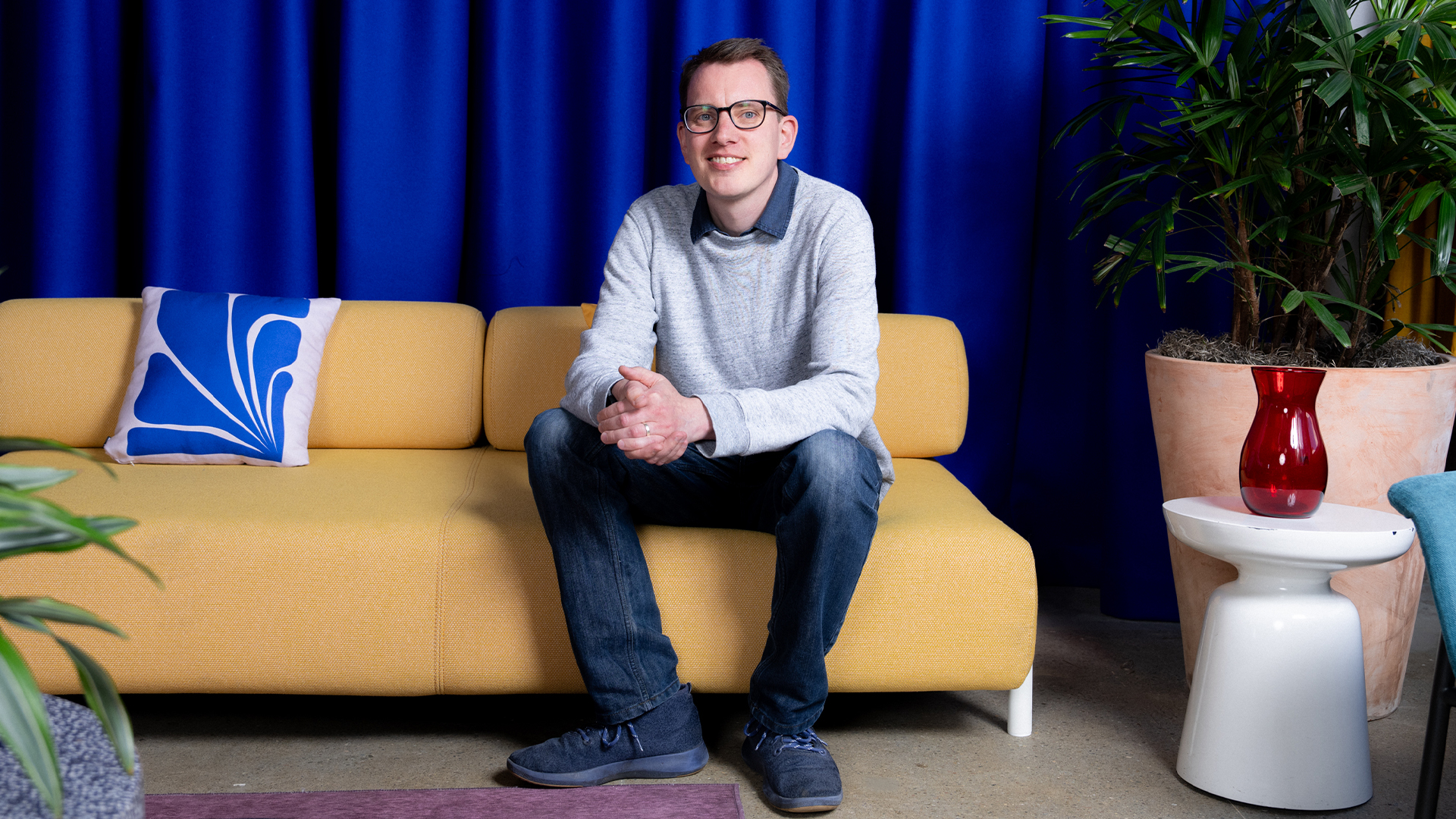
Sam Drury is UX director at UIC Digital, a creative engineering company with a focus on building digital products with a well-built and accessible appeal. Beginning his career as a Paper Engineer at Santoro Graphics, Sam "caught the bug" when designing his first UX wireframe, leading him to pursue a successful career in UX design.
Working with clients like the BBC, FIFA and NBC, Sam has led multiple teams with a drive for quality and innovation. As part of our Day in the Life series, I caught up with Sam to discuss the pioneering work of UIC Labs, his favourite creative tools and what the rise of AI means for the UX industry.
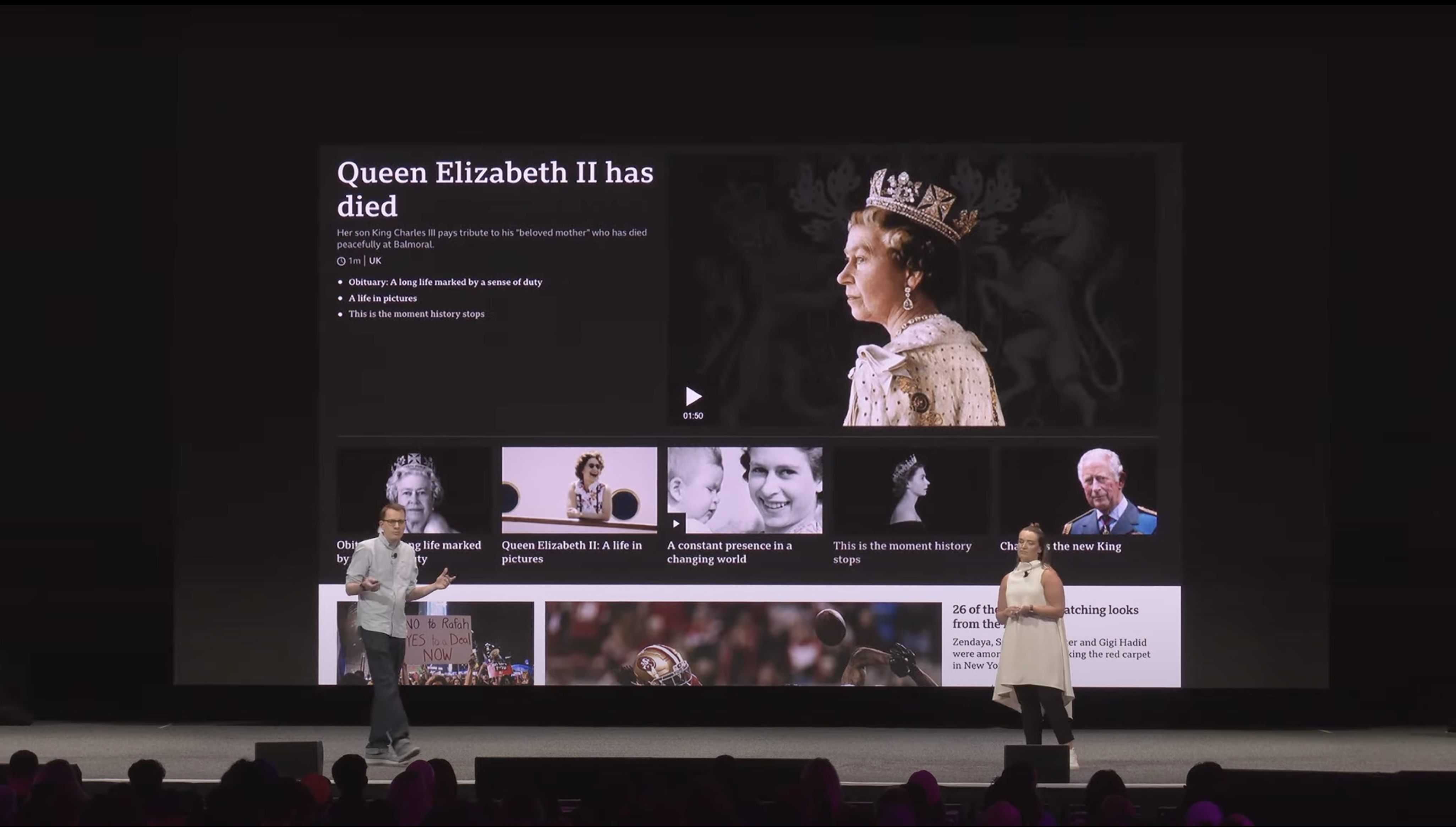
Tell me about a typical day in your role
I always start the day by walking my daughter to school – I find it’s a great opportunity to get a seven year old’s perspective on the world! I’ve been at UIC Digital for so long now (14 years) because no two days are the same. Typically I’ll be checking in with the team on active projects and providing any guidance and oversight needed. We’ll also generally be in the process of pitching for new projects so a lot of time goes into concepting ideas and our approach to working on them.
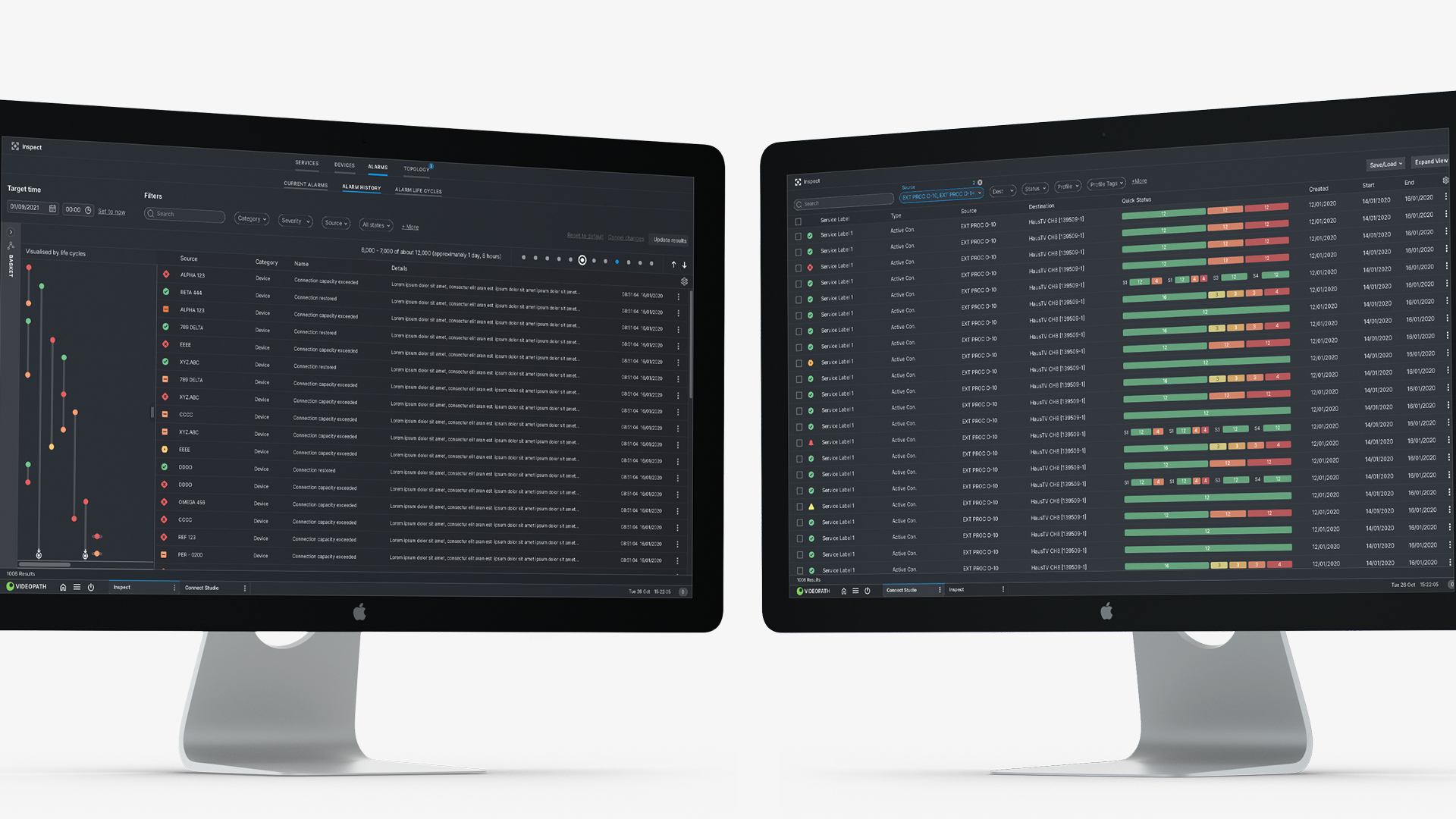
What was your early career like?
I’ve always worked in the creative field – my first job fresh from uni was as a paper engineer; I basically spent all day with a scalpel in hand making pop-up books and 3D greeting cards. The owner of that company wanted some bespoke software made so I volunteered to sketch out how it might work and what it might look like. Unbeknownst to me, I created my first UX wireframe for an application and I guess I caught the bug.
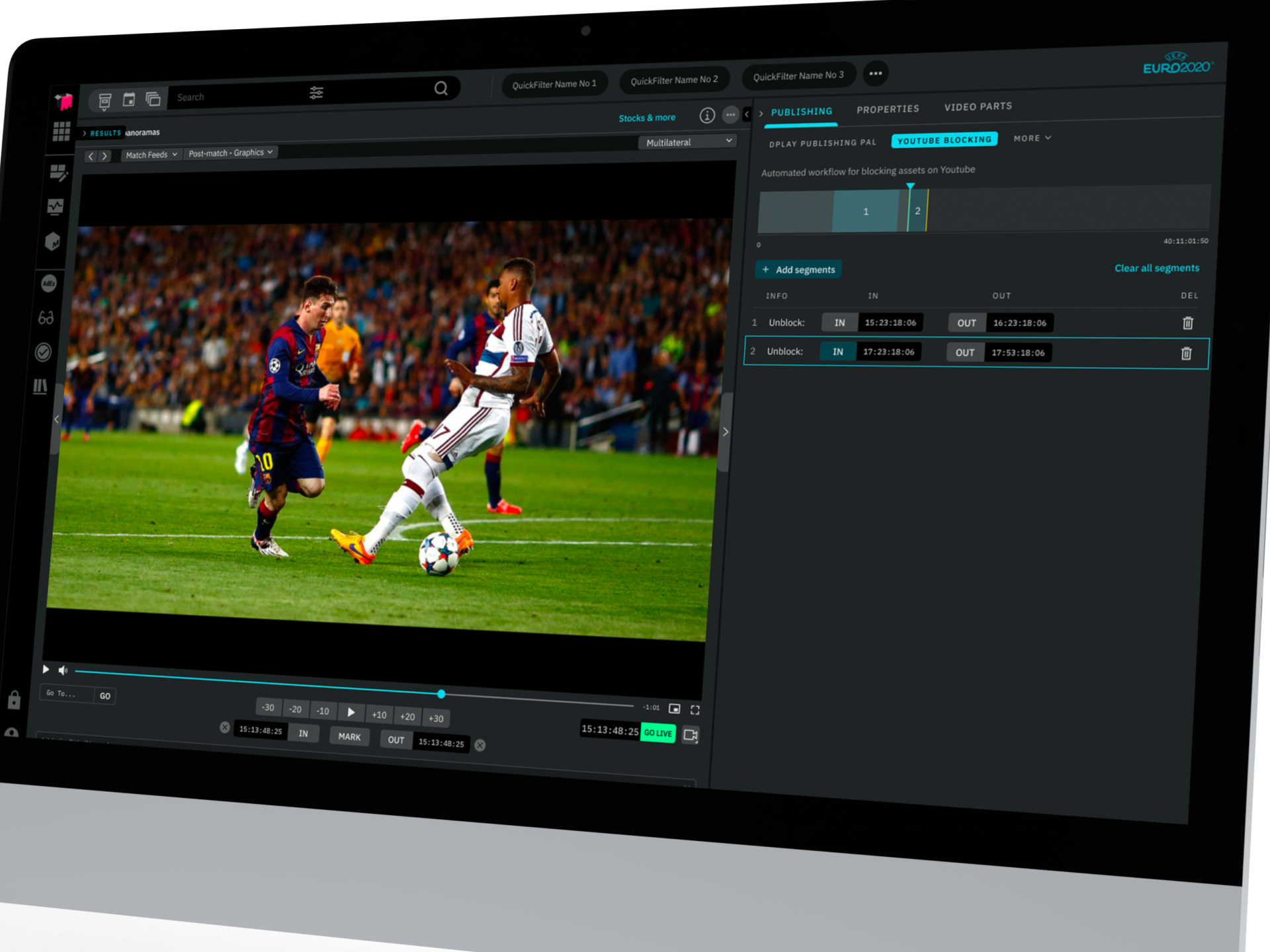
Tell me about a tricky work-related challenge and how you approached it
A very common challenge is working with client-side senior stakeholders and managing their expectations around the users of the product we’re working on. There’s often a misconception that all users will have their level of technical knowhow, as well as a familiarity with the problem we’re trying to solve. This is almost never the case, so we use lots of techniques, including persona creation, empathy mapping or user interviews to help them see a true reflection of those we’re designing for.
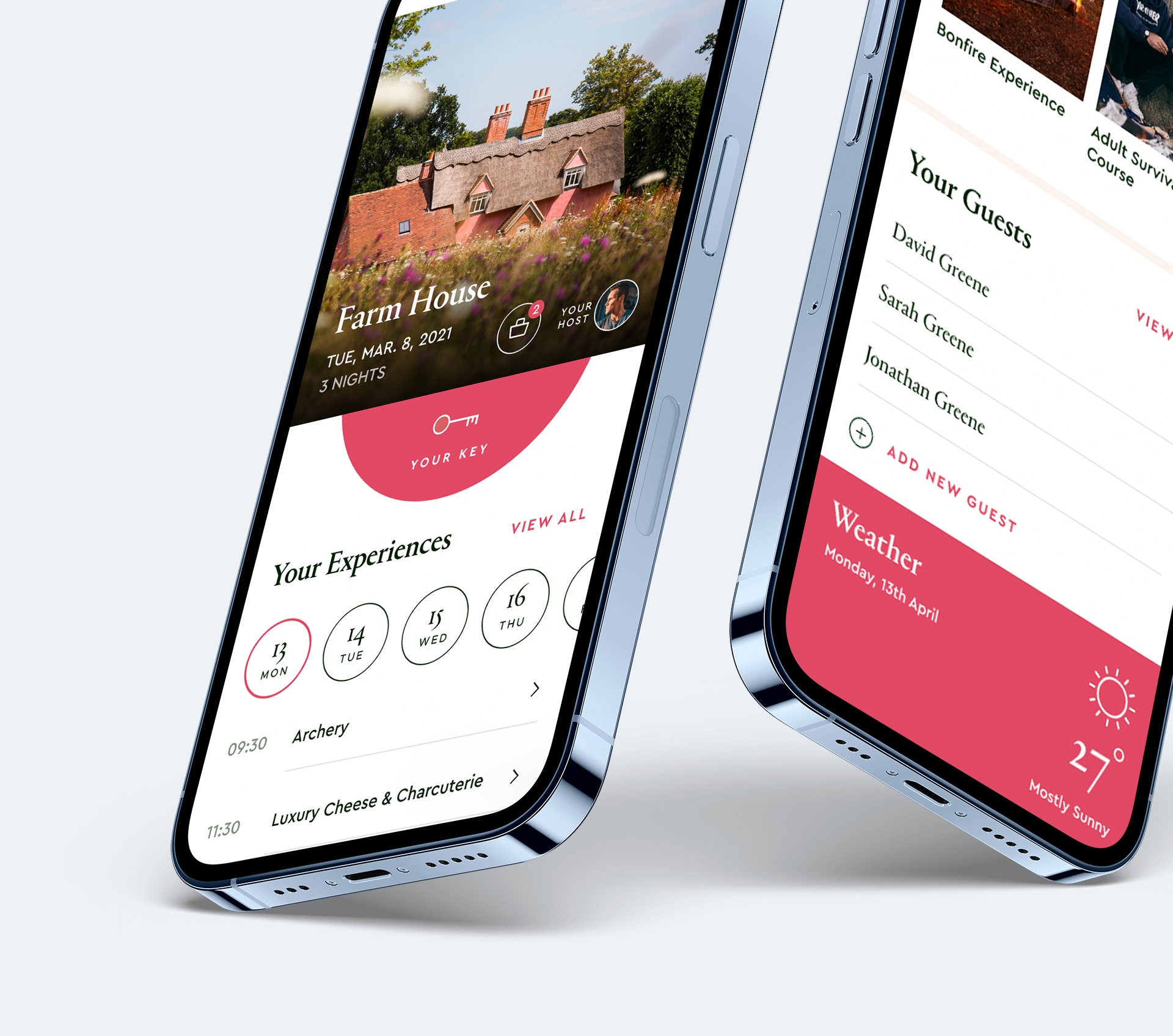
Which project are you most proud of and why?
Definitely the full redesign and rebuild of BBC.com (for users outside of the UK). There were so many challenges we faced with a project of this scale and complexity. I’m so proud of how our design team at UIC embedded themselves in with the BBC and the level of collaboration we saw was phenomenal. Even though we’re still a long way from completion, the product that is live today is receiving great feedback and there’s lots of cool stuff still to come.
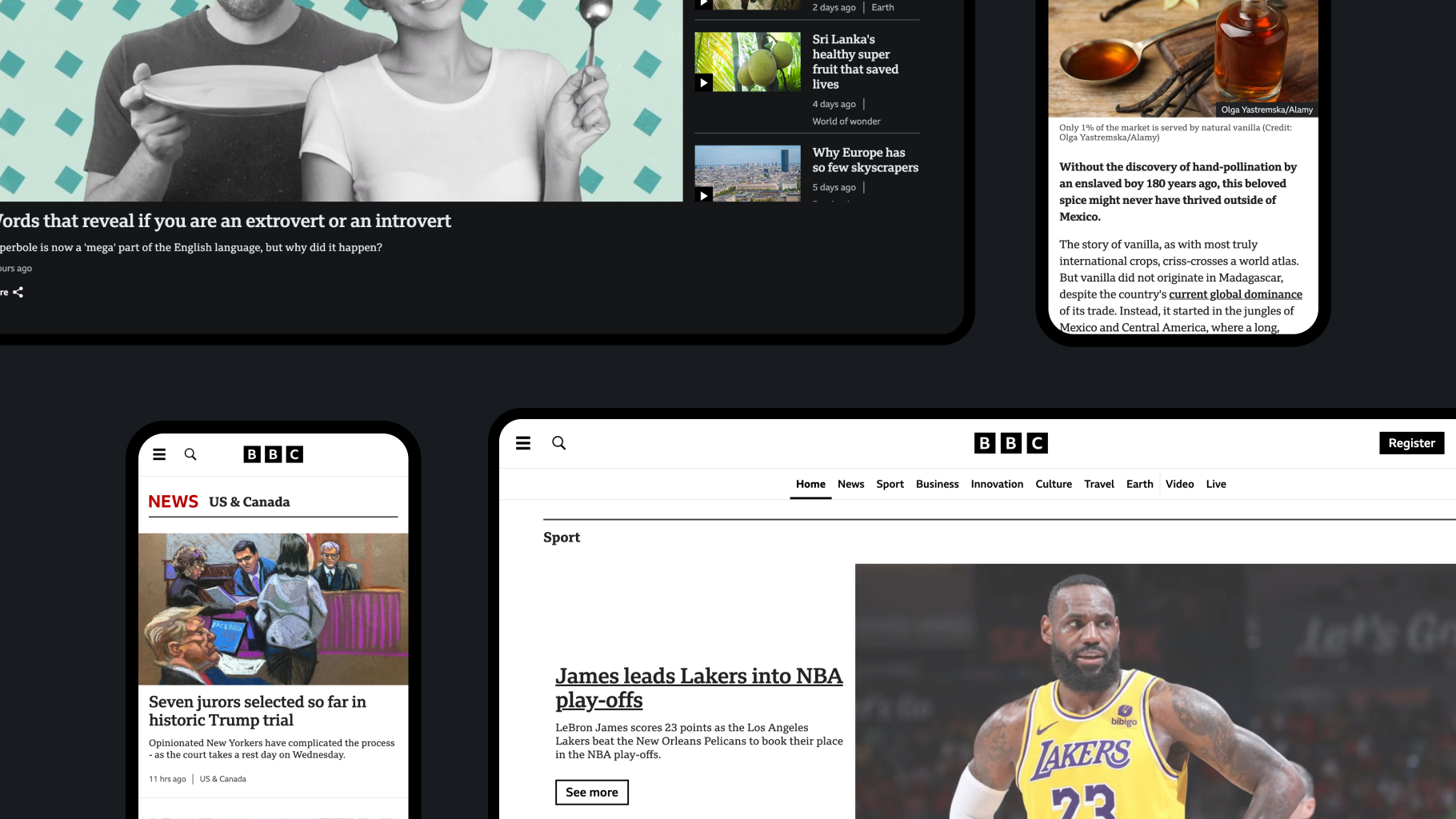
What creative tools do you use in your day-to-day life?
Much of our creative work is now done in Figma – I was lucky enough to be invited to talk at Figma’s Config in San Francisco in June and it’s exciting to see where they’re taking the product.
We also use Miro a lot; particularly at the early stages of a project or when we’re gathering ideas for a pitch. I find it’s very accessible for those less tech-savvy and gives everyone I’m working with a great place to share their thoughts. That being said I have about eight plain sketchbooks on my desk which is always the go-to place to get initial ideas down before going anywhere near a screen.

What’s your dream project/client?
Any project that just becomes the default for someone to pick up and use, without giving it a second thought, in any particular scenario. Google Maps for planning a journey, Uber for hailing a ride for example. You could say I’ve already done that with the work with the BBC; we know it’s the first place many people go to check the news.
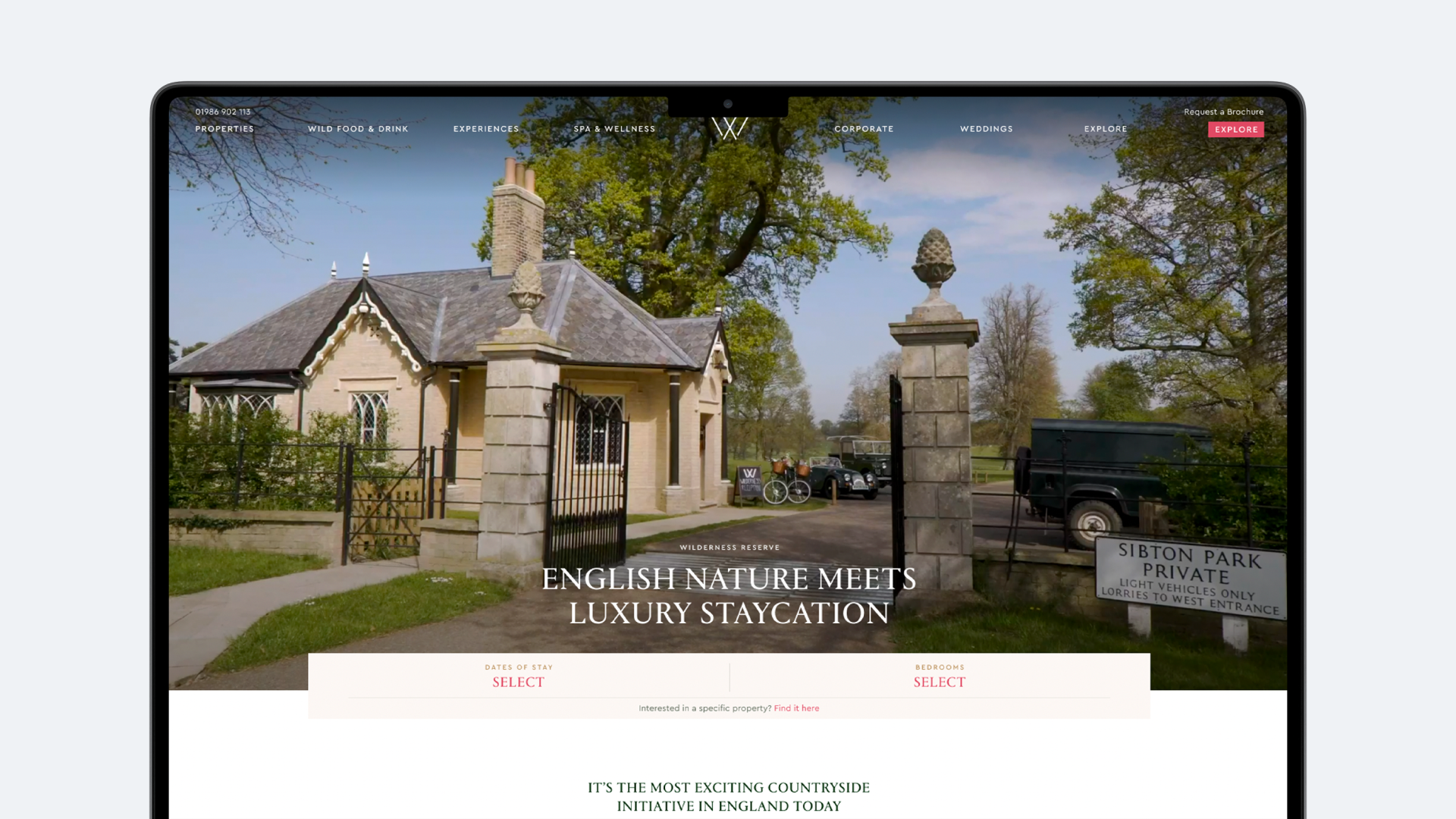
How do you think the rise of AI will affect the UX industry?
We can see it clearly having an impact already. The creative aspect of AI is certainly not there yet and we’re still a way off having AI meaningfully design interfaces beyond some interesting suggestions and interpretations. Where I am seeing a big impact though is helping with some of the more monotonous tasks; interpreting lots of research data, helping define personas, and even writing job specs. It’s everyday, typically text-based or numerical tasks it’s really good for but I’m excited to see where it’s going to go in the not-too-distant future.
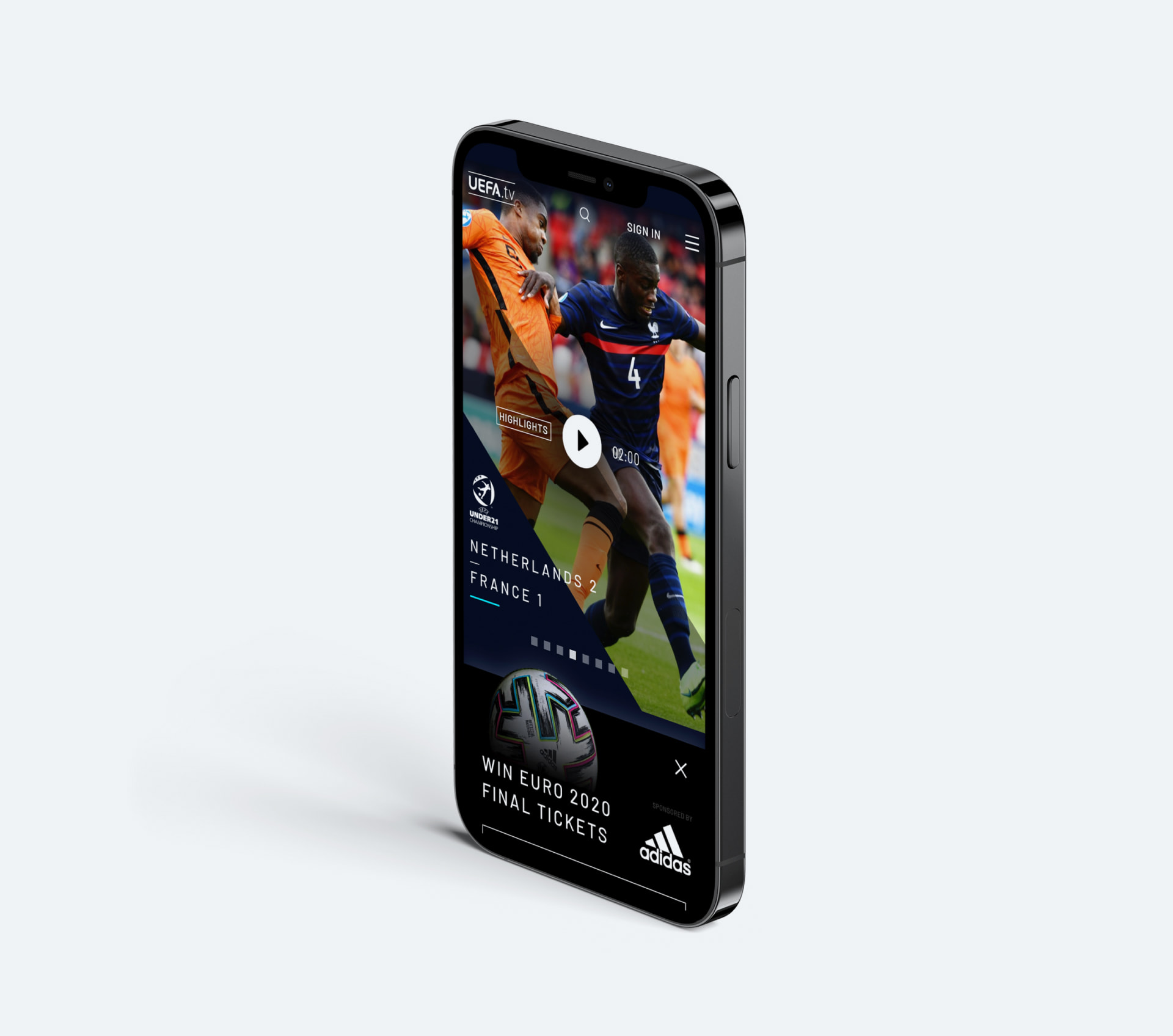
What do you think the UX design industry needs to improve on?
Asking for and justifying a bit more time around initial research and testing on projects. I’ve spoken to so many UX professionals who say the same thing; the client (for one reason or another) wants to get into the hands-on design phase as quickly as possible. Selling the idea of even a small amount of up-front research at the outset of a project is often met with stiff resistance, but when it does happen, the value it imparts to the subsequent design output is immeasurable. I’d argue the same is true for early user testing of design concepts.

Could you tell me more about UIC Labs – what will the next generation of UX bring?
We formed UIC Labs a couple of years ago with the intention of creating a space for the team at UIC Digital to come up with ideas or a desire to build on brand new technology outside of the day to day client project work we are involved in. We’ll often build out proof of concepts and where appropriate we might demo this to an existing client to gauge interest. Currently, as is to be expected, it’s all about AI and we’ve got some really exciting things in the pipeline both as internal projects and a few that will make a big impact on how our clients work too.
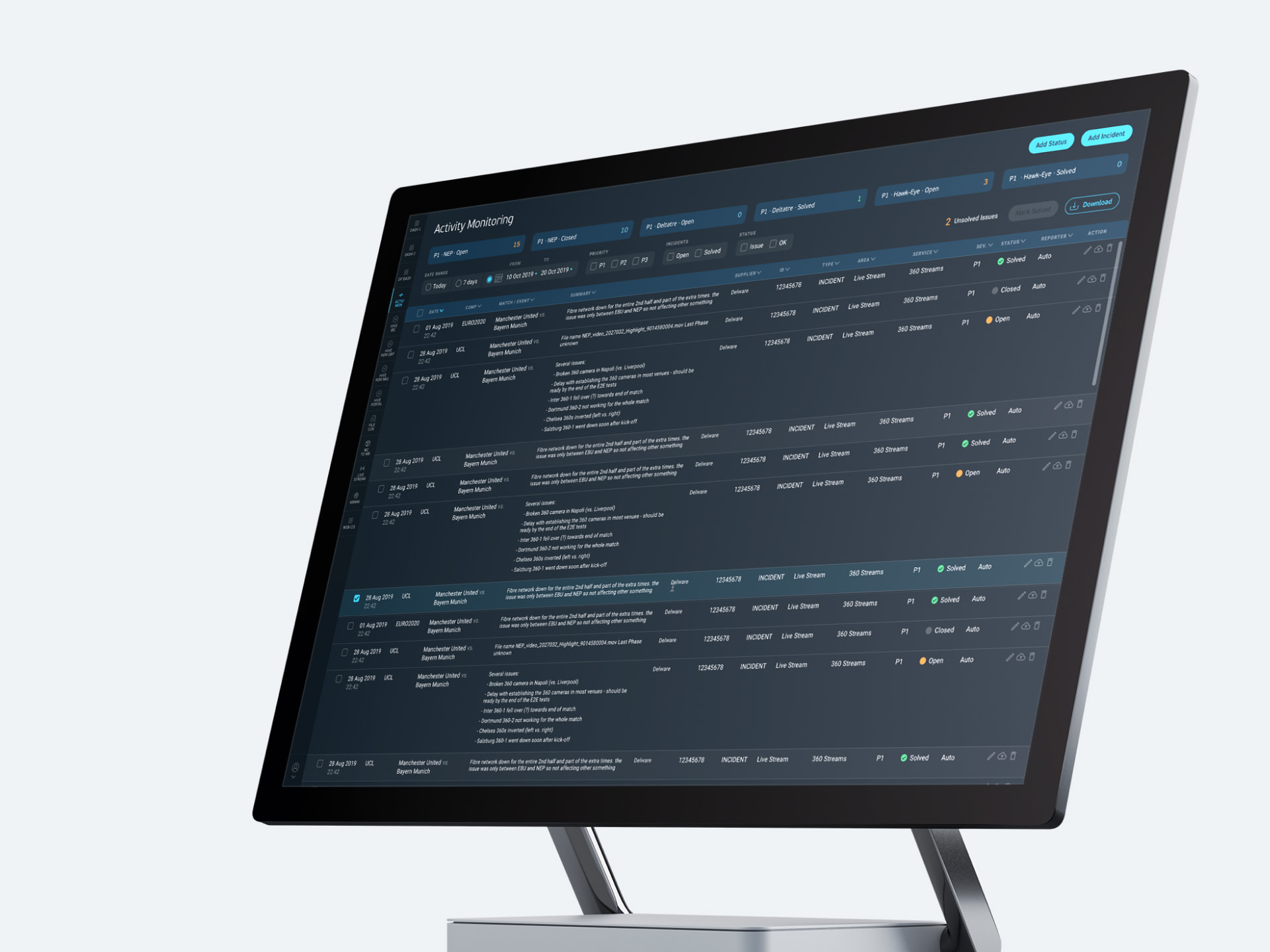
What’s one thing you wish more people understood about your industry?
Quite how much time, care and attention went into those everyday interactions that work so well, you don’t even seem to notice them. People are very vocal about bad experiences, and that’s completely justified, especially for a service you might be paying for. But those great, frictionless user experiences, whether it’s instantly being able to watch hundreds of videos on your phone, booking an appointment, or ordering a meal from your sofa, don’t tend to get the recognition they deserve. So much thought went into these to make them ‘just work’!
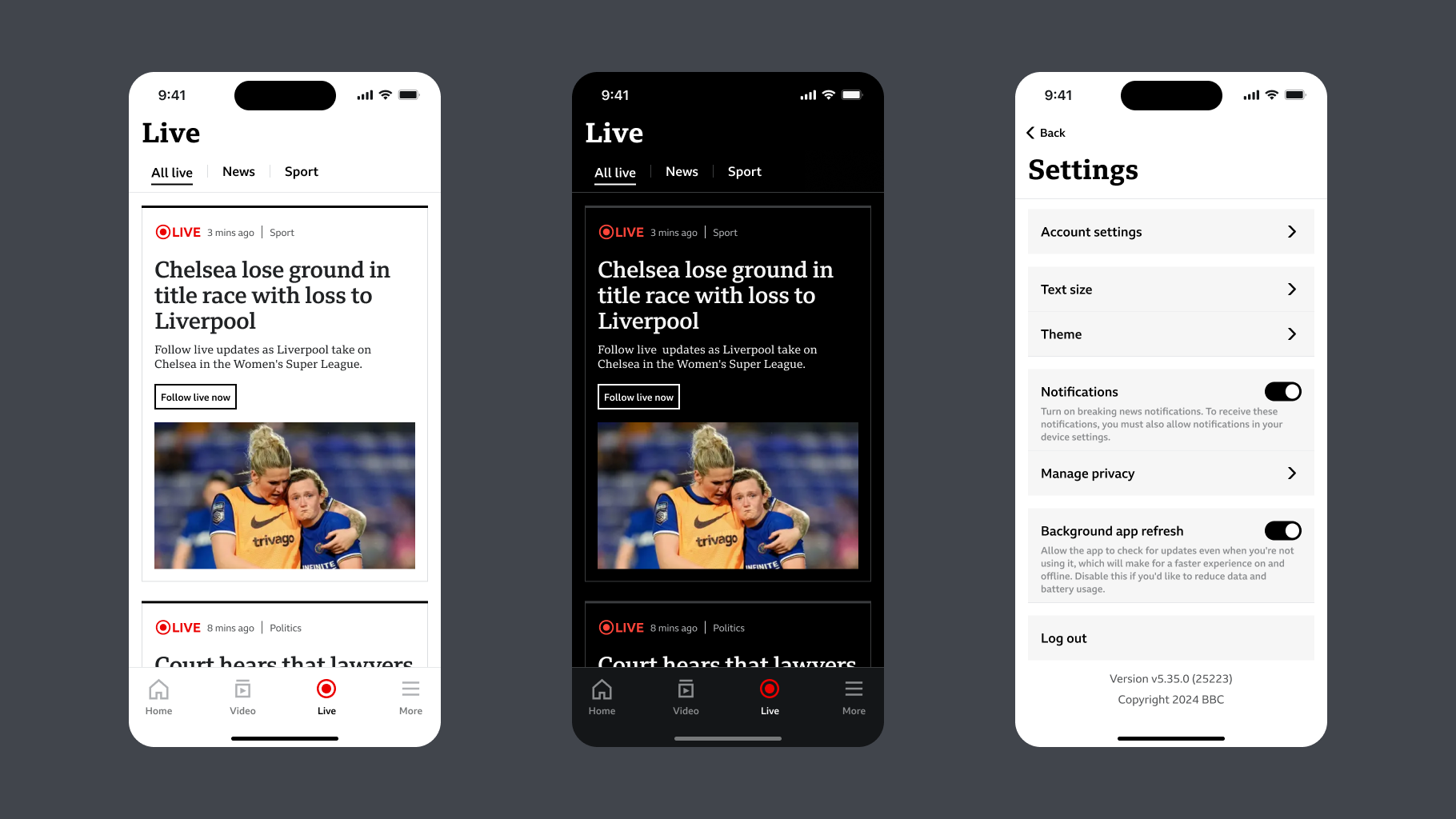
What career advice would you give your younger self?
Loads! Don’t assume that the loudest or most senior person in the room knows what they’re talking about and be prepared to fight your corner.
Always be on the lookout for design inspiration outside of your industry; especially in nature and the world around you. I’ll often find the best solution to a design challenge is by not focussing too closely on what others in your immediate field are doing.
Read more broadly. Empathy for users is absolutely crucial for success in our industry and books are an amazing way to get an insight into so many different viewpoints.
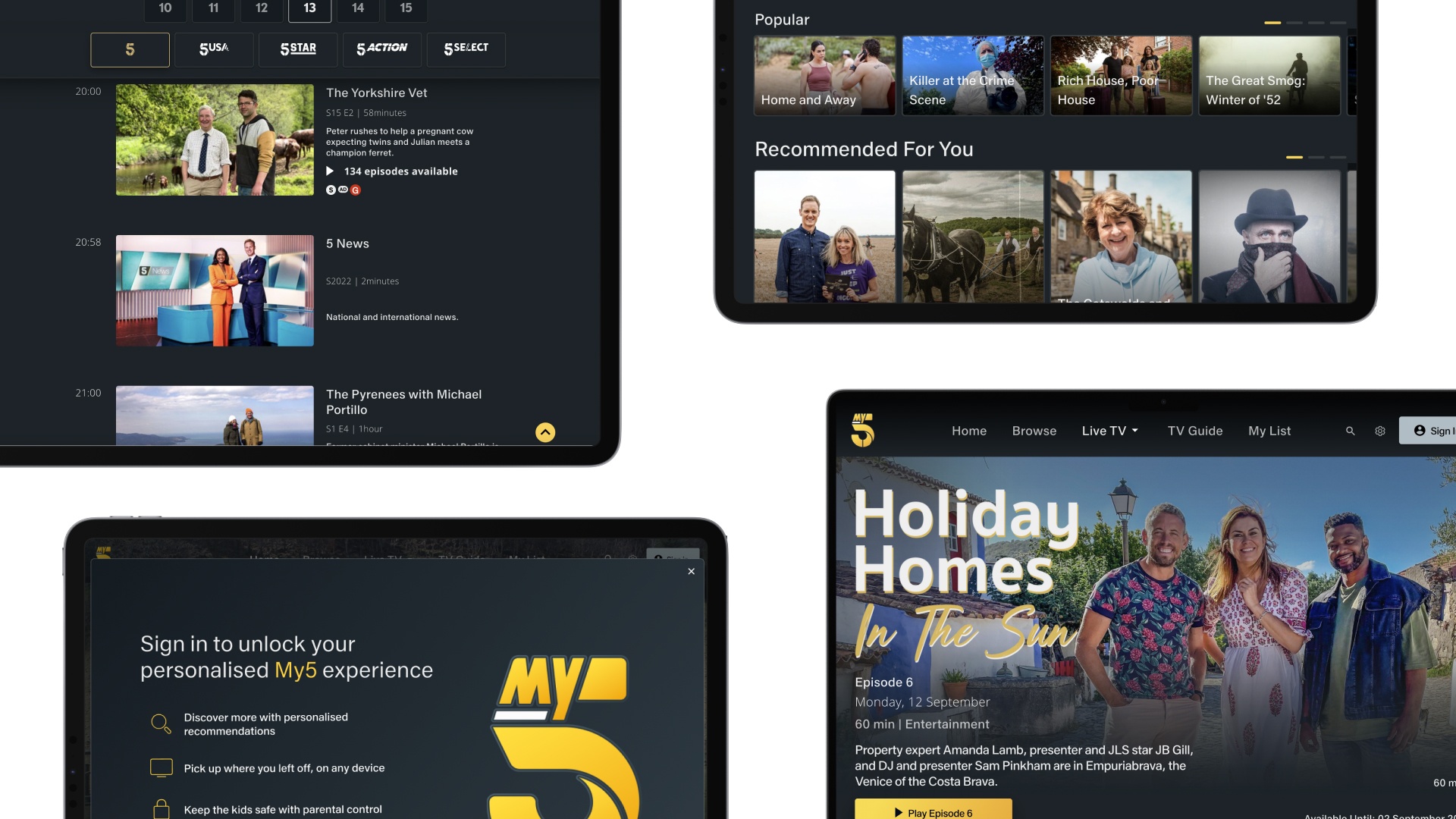
Daily design news, reviews, how-tos and more, as picked by the editors.

Natalie Fear is Creative Bloq's staff writer. With an eye for trending topics and a passion for internet culture, she brings you the latest in art and design news. Natalie also runs Creative Bloq’s Day in the Life series, spotlighting diverse talent across the creative industries. Outside of work, she loves all things literature and music (although she’s partial to a spot of TikTok brain rot).
